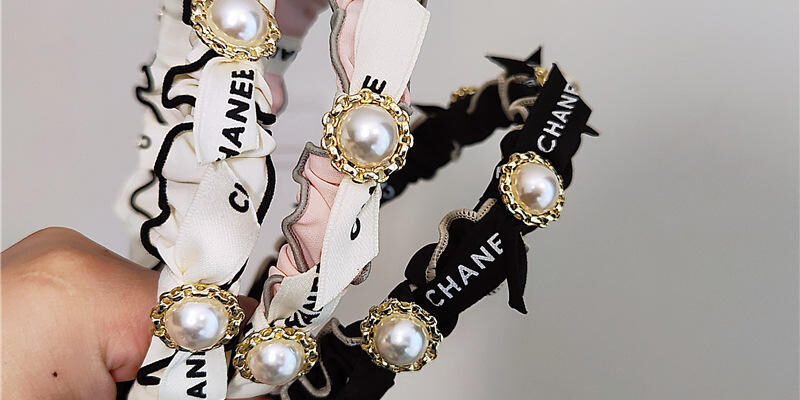H1: How to Choose the Right Hair Ties for Sports and Everyday Wear
Hair ties are one of the most practical yet style-driven accessories in the global haircare market. Whether for fitness, casual use, or retail distribution, buyers must balance comfort, elasticity, and durability when sourcing from overseas. This guide outlines the technical and sourcing standards for high-quality hair ties that meet both performance and aesthetic goals.
🧵 Step 1: Understand Elastic Material Composition
The performance of a hair tie depends on its core elastic material and outer fabric cover.
Common options include:
-
Nylon + Spandex Blend: High stretch, excellent recovery, and moisture resistance.
-
Polyester + Rubber Core: Ideal for durable everyday use.
-
Cotton + Elastic Core: Eco-friendly, soft, but slightly lower elasticity.
-
Recycled Yarn + Latex-Free Elastic: Sustainable option for modern eco-brands.
Reputable Hair Accessories Manufacturers often provide full material certifications (such as OEKO-TEX or REACH) to verify skin safety and product quality.
🧵 Step 2: Elasticity and Tension Specifications
The right elasticity spec is crucial for comfort and durability:
-
Standard stretch ratio: 180%–220% elongation before deformation.
-
Recovery rate: Minimum 90% after 100 stretches.
-
Diameter control: ±0.3mm for uniform tension across the batch.
When working with a Hair Ties Manufacturers partner, request tensile strength reports and cycle test data to evaluate long-term performance.
🧵 Step 3: Design for Function and Fashion
For different end uses, adjust the design and materials:
-
Sports Hair Ties: Wider, stronger elastic bands with sweat-wicking yarns.
-
Everyday Hair Ties: Soft-touch fabric, ideal for all-day comfort.
-
Kids’ Hair Ties: Latex-free and small-diameter designs with bright colors.
-
Boutique Lines: Velvet or satin covers, ideal for retail packaging upgrades.
Adding metal-free seams improves comfort and reduces hair breakage — a key detail for modern buyers.
🧵 Step 4: Customization Options
Private label and OEM production allow a high degree of flexibility:
-
Logo: Printed, woven, or debossed on packaging or metal ring.
-
Color Matching: Pantone or yarn-dyeing to match your brand palette.
-
Shape Variations: Round, flat, spiral, or knotted types.
-
Packaging: Paper wraps, hanging cards, jars, or pouches.
A professional Hair Ties Manufacturers partner can customize elasticity levels, size, and packaging for your target demographic — from sporty minimalism to premium retail presentation.
🧵 Step 5: MOQ, Sampling, and Lead Time
MOQ for custom hair ties usually starts from 500–1,000 sets per design, depending on fabric type and color variations.
Most suppliers provide 3–5 working days for sample production, and 25–30 days for bulk manufacturing.
Ask your supplier to retain your color recipes and tension data, so future reorders remain consistent.
🧵 Step 6: Quality Testing & Compliance
Ensure every batch passes key tests before shipping:
-
Elastic strength test: ≥1.5kgf pull without breaking.
-
Colorfastness test: Grade 4–5 under sweat and water exposure.
-
Shrinkage control: ≤3% after washing.
-
Metal-free detection: To meet airport and kids’ safety standards.
Testing reports improve brand trust and facilitate entry into major retail chains.
🧵 Step 7: Sustainable & Trend Insights
Sustainability is becoming a global expectation. Recycled PET yarn, bamboo viscose, and biodegradable elastics are now viable for eco collections.
Combining sustainability + functionality adds strong storytelling value for marketing campaigns.
💡 Conclusion
The best hair ties balance strength, elasticity, and comfort. For global brands and private label buyers, sourcing from certified Hair Accessories Manufacturers and flexible Hair Ties Manufacturers ensures both quality control and creative customization — helping your brand stay competitive in the growing sports and fashion accessory market.




















